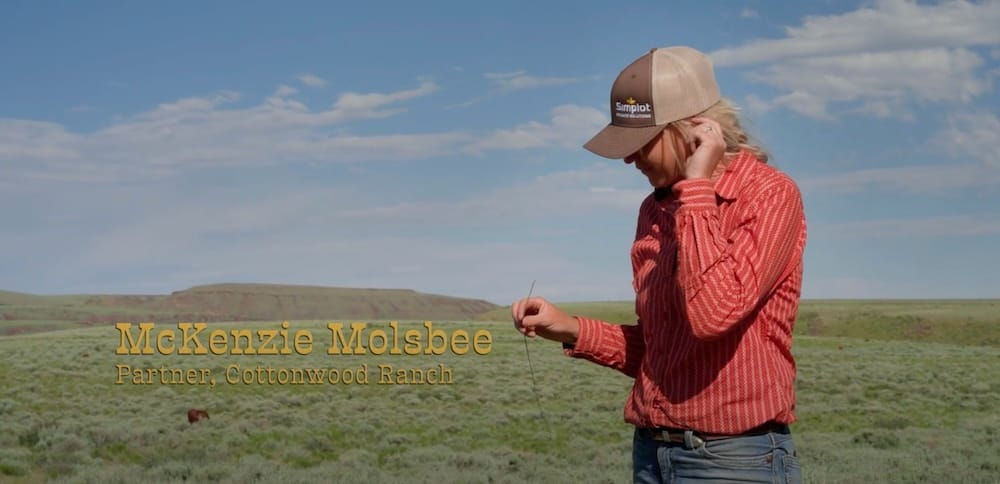Against the Herd
The film showcases Agee Smith's family ranch, Cottonwood Ranch in northeastern Nevada, as a prime example of a family operation who were granted an experimental permit and have used cattle as a tool to restore the landscape.

"Almost a century of overgrazing has destroyed much of America’s public lands, but Cottonwood Ranch has discovered that cattle can actually be the key to restoring our rangelands. Now the Smith family must convince legislators that cows aren't always eco-villains, or they’re sure to lose their land.”
Holistic planned grazing starts with this key insight: Plants NEED ANIMALS as much as ANIMALS NEED plants. This is because plants and plant-eating animals (herbivores) co-evolved over millions and millions of years until they became mutually-dependent (symbiotic).
PLANNED GRAZING is a part of a larger decision making process. It applies the insight that domestic and wild animal impact (grazing, browsing, weed and brush trampling, dung and urine fertilization, soil tilling, and more) benefits plant health IF it mimics natural patterns in terms of animal numbers, grazing frequency, and 'rest' (recovery) periods between grazings.
Without animal impact, forests lose biodiversity, support fewer animals, and become fire-prone.
When animal impact does not mimic nature, it can harm plants.
The rangeland, forestry, and academic bureaucracies, long since captured by the agro-industrial complex, are hostile to planned grazing because it threatens the business model of the industrial food complex which controls them.
NOTE: this video was shared with us by Western Landowners Alliance.
